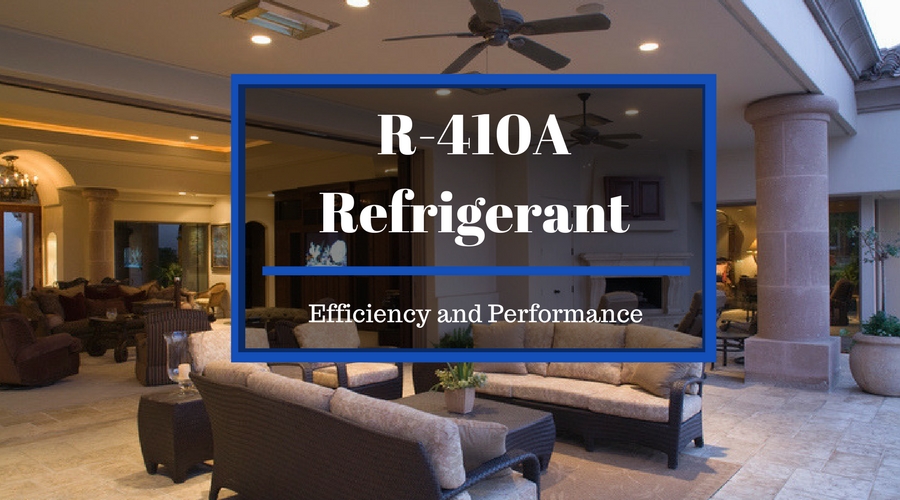
As a homeowner, you probably only think about your air conditioner when it starts showing signs of a problem. But before you fork up hard-earned money for repairs or installing an entirely new system, it’s important to know the latest facts and details regarding these types of products and the industry overall.
One recent development involves the EPA’s phasing out of certain ozone-depleting substances (ODSs), including Class I and Class II controlled substances, which are predominantly chlorofluorocarbons (CFCs) and hydrochlorofluorocarbons (HCFCs) respectively. While Class I CFCs have been entirely phased out at this point, the EPA is still in the process of ceasing the production and importation of Class II HCFCs, most of which will be completely phased out by 2020.
Wondering how exactly this information affects you and your neighbors in the Greensboro, North Carolina area? Here’s a brief overview of what you need to know.
Your AC System May Use a Refrigerant That Will Soon be Phased Out
Until fairly recently, R-22 (an HCFC better known by its brand name, Freon®), was by and large the most commonly used refrigerant in air conditioning and refrigeration equipment. Freon is still used in many homes today, particularly those with air conditioning units that were manufactured prior to 2010, at which point the government officially mandated the discontinuation of the manufacturing of new Freon-powered AC systems.
The problem with Freon and all other HCFCs is that it releases harmful greenhouse gasses into the air when used, which plays a role in depleting earth’s ozone layer and has led the EPA and government to begin favoring a hydrofluorocarbon (HFC) known as R-410A instead (also more commonly referred to by its brand name, Puron®). R-410A is more energy-efficient and environmentally friendly than R-22, so it has dual benefits for you, the consumer, and our planet as a whole.
What This Shift from R-22 to R-410A Means for Homeowners Like You
Although R-22 refrigerant will continue to be available (until 2020) for homes that still use these types of systems, it becomes more and more expensive with each passing year as the phaseout progresses. It’s also important to note that once R-22 is completely phased out, you will not be able to replenish your R-22 system with R-410A refrigerant, as the two are not compatible. In other words, in order to replenish your system after 2020, you will need to have a system that runs on R-410A.
That said, if you find yourself needing to make even somewhat extensive repairs to your R-22 system at any point from here forward, it’s strongly recommended you forego the repairs and invest your money in a new, energy-efficient R-410A system instead. Not only will this ensure you’re prepared once the phaseout is complete in just a few more years, it will also allow you to reap the efficiency, performance and environmental benefits R-410A systems afford!
New, Energy-Efficient HVAC System Installations in Greensboro
If your HVAC unit is broken, inefficient, outdated or less-than-ideal in any other way, our team at Kay Heating and Air would be happy to install a new, energy-efficient, high-performance system that uses ozone-friendly refrigerants like R-410A. To learn more about our wide array of high-efficiency HVAC systems and services or to speak with one of our friendly technicians about whether repairing or replacing your unit is the best decision at this time, contact us online today! If you have any questions regarding the differences between R-22 and R-410A refrigerants, please do not hesitate to call us at 336-274-6323!





Leave a Reply
Want to join the discussion?Feel free to contribute!